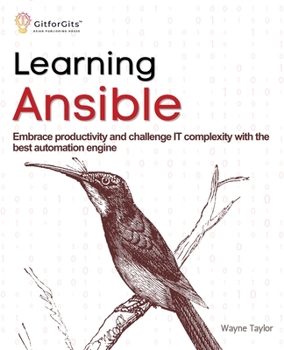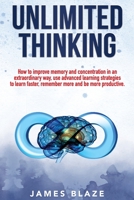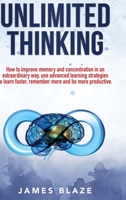Learning Ansible: Embrace productivity and challenge IT complexity with the best automation engine
Select Format
Select Condition 
Book Overview
To help aspiring IT professionals succeed in the automation field, "Learning Ansible" provides an in-depth primer that covers all the essential skills. The book is an excellent resource that will help you become an expert IT automation specialist and Ansible Developer.
Starting with an introduction to Ansible, the journey will show how crucial it is in today's IT settings. The first few chapters cover the essentials, diving into topics like configuration management, automation, integration, and orchestration. The authors make sure that readers can confidently troubleshoot issues by thoroughly examining network, performance, and security errors and providing advanced debugging techniques. Practical uses of Ansible in system administration, user and group management, and managing common and complex errors are explored throughout the book. Setup of network devices, software upgrade automation, and fixing recurring network problems are all covered in detail, along with example programs.
Next, we'll take a closer look at DevOps, with a focus on how Ansible has impacted CI/CD pipelines. The course teaches readers how to integrate Ansible with popular tools and cloud providers like AWS and Azure through and various tools such as Jenkins, Docker, and Kubernetes.
Additionally, integration is extended to databases such as MySQL and MongoDB, as well as monitoring tools such as Nagios and Prometheus. By incorporating practical exercises throughout, the book guarantees that its readers will grasp the concepts and be able to put them to use in actual situations.
























